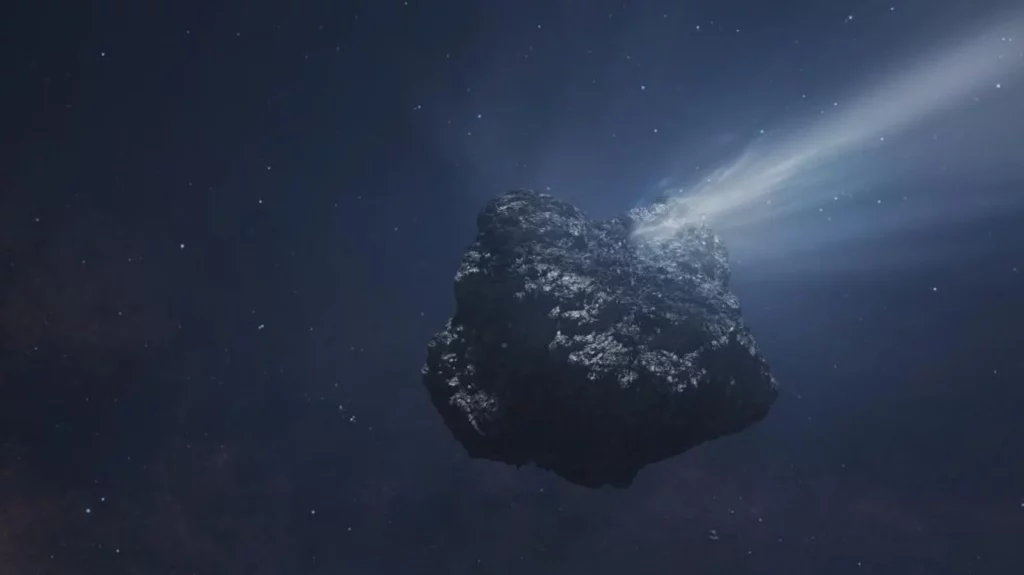
A Comet 85 Miles Wide Is Erupting In The Solar System — What You Need to Know
A massive comet has been discovered in our solar system, and it’s unlike any other known comet. Comet Bernardinelli-Bernstein, the largest ever found at a whopping 85 miles wide, has recently erupted with unprecedented molecular activity. This remarkable phenomenon marks a major milestone in the study of distant solar system objects.
The researchers used a powerful radio telescope array in Chile’s Atacama desert to observe this gigantic comet while it was situated more than halfway to Neptune. The findings were confirmed through observations made on March 2024. For the first time, scientists have detected carbon monoxide gas jets erupting from its nucleus at such an enormous distance.
It is crucial to note that Comet Bernardinelli-Bernstein’s massive size classifies it as a “minor planet.” This comet was discovered by Dr. Pedro Bernardinelli and Gary Bernstein on June 19, 2021, through archival data collected during the Dark Energy Survey.
The study published in The Astrophysical Journal Letters reveals the unexpected behavior of Comet Bernardinelli-Bernstein. The nucleus, typically composed of rock and ice, is expected to heat up and melt when a comet approaches the sun. This leads to the formation of its glowing coma (head) and tail. However, the latest discoveries indicate that carbon monoxide gas jets are erupting from the comet’s nucleus on its sun-facing side.
This groundbreaking finding suggests that it is not ice that drives a comet’s activity at such great distances, but rather carbon dioxide. These observations provide the first direct evidence of what drives a comet’s activity when it is extremely cold and distant.
According to lead author Nathan Roth of American University and NASA Goddard Space Flight Center, “These measurements offer us insight into how this enormous icy world works.” Additionally, they raise new questions about the comet’s evolution as it approaches the inner solar system.
Source: www.forbes.com


